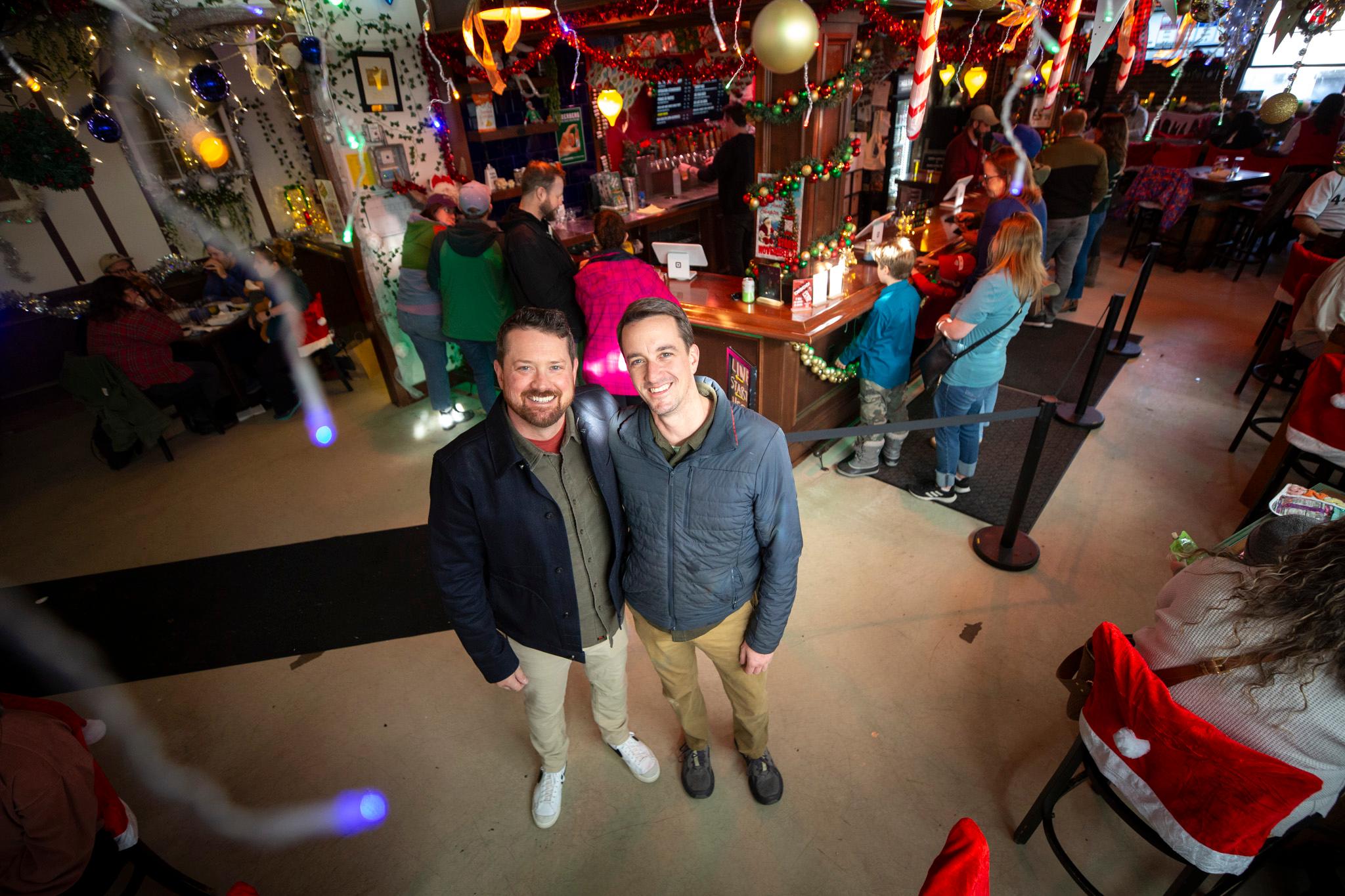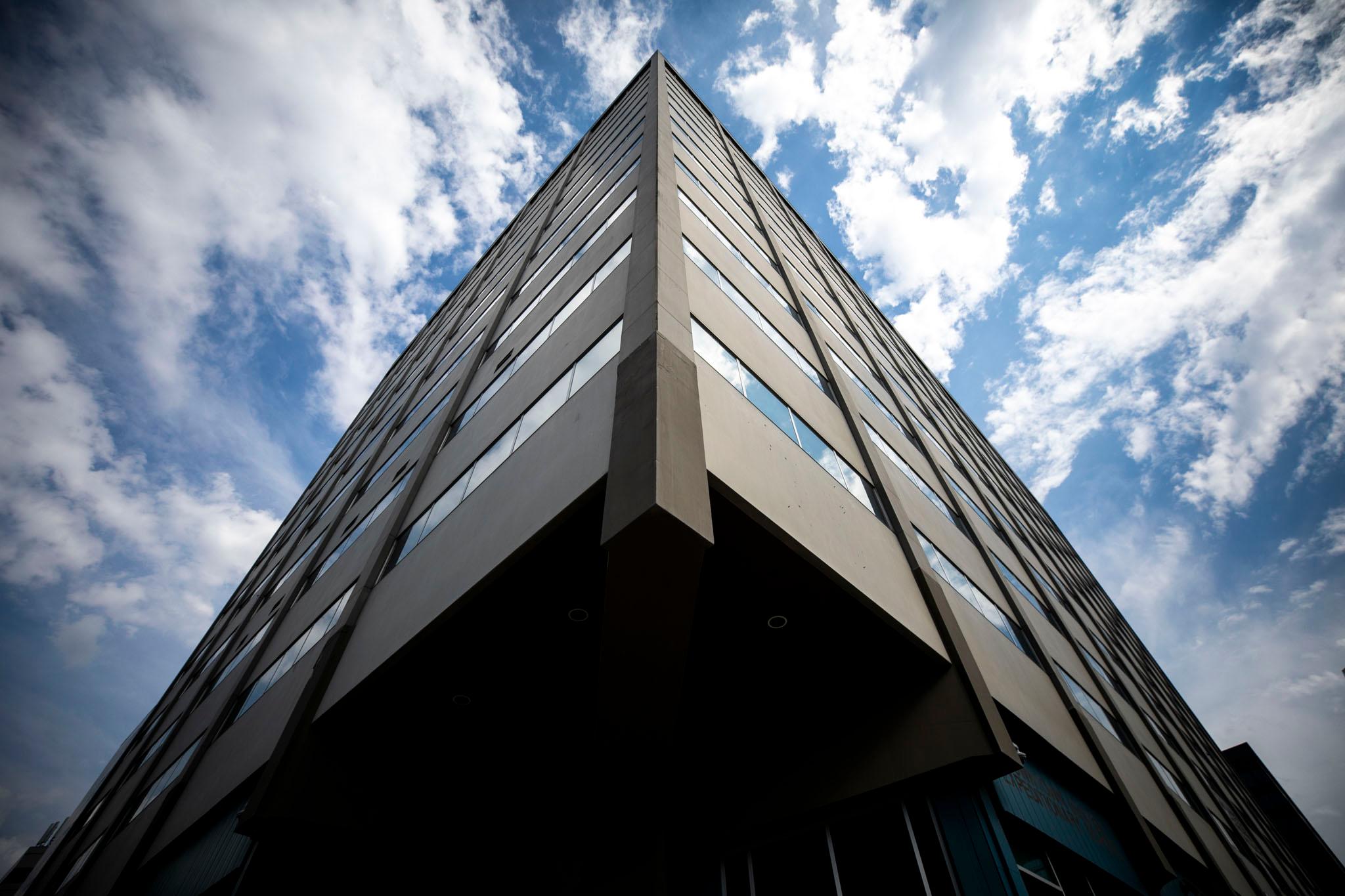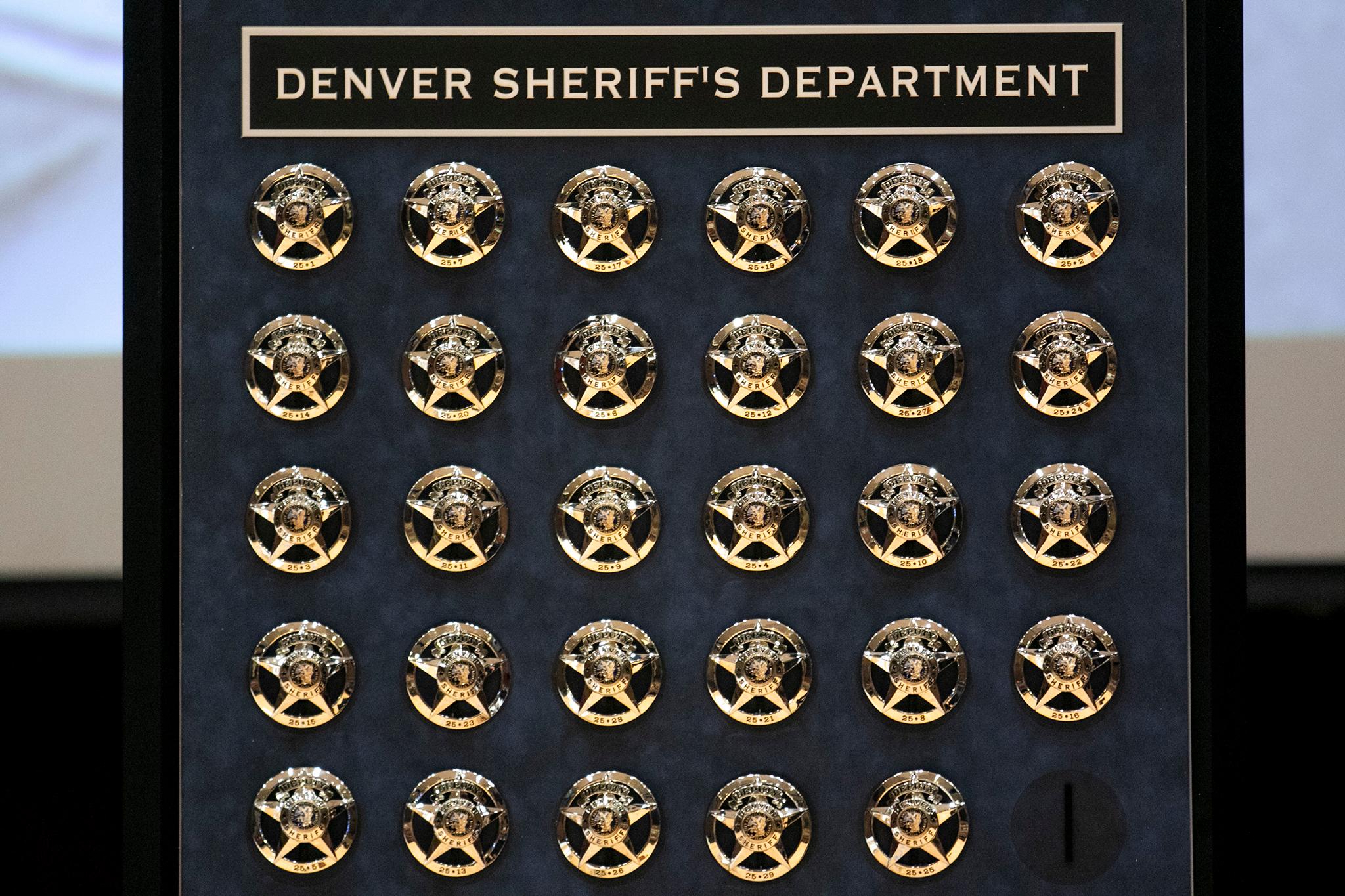It’s been a year since Mayor Michael Hancock was sworn in for his third term as Denver mayor. As he enters his final term as the city’s chief executive, we wondered: How much of what he promised during his campaign has come to fruition?
Sure, a pandemic has slowed things down a bit. Still, we looked at several goals he set forth during his reelection campaign in January 2019, including a few that were part of his four-year plan. He has three years remaining in office.
“The first year is really unique,” Hancock said. “It’s not something that we have seen before, obviously with COVID, and the resulting protests from the murder of George Floyd and what have you. We started the year this time last year with a great deal of ambition.”
Establishing a $15 minimum wage: Done
While the proposal to increase the hourly minimum wage for city employees and contractors was part of Hancock’s campaign, it was actually something his administration started working on in the fall of 2018. Hancock worked alongside City Councilwoman Robin Kniech and labor union organizers to ink out a deal. Their efforts were prompted by DIA workers who in the fall of 2018 started advocating for a ballot measure to increase wages. So this “promise” was actually kept before the election even took place — City Council approved the wage increase in March 2019 — ensuring Hancock had a win under his belt as the incumbent headed into the May general election.
What’s more, the decision to successfully increase the minimum wage for city workers led to a much larger successful effort to increase the minimum wage for the entire city.
“That really was the genesis,” Hancock said about the initial wage increase for city workers. “We knew employees were struggling in this economy, that it was difficult circumstances for them.”

City Council voted unanimously in November 2019 to gradually raise wages for the city. On Jan. 1, minimum wage workers got a bump of $1.75 per hour, or $12.85 an hour, and by Jan. 1, 2022, wages will be nearly $16 an hour. Part of this success was timing, too, since the General Assembly recently passed a bill allowing cities to set their own minimum wages.
“It wasn’t quick. It was probably about an 18 month, two-year process,” Hancock said.
Establishing more affordable housing: not done
The mayor wanted to add another 6,300 affordable and attainable homes with help from the city’s Affordable Housing Fund. Department of Housing Stability spokesperson Derek Woodbury said the city has made progress over the last year, including completing new units and breaking ground on new projects.
Between July 1, 2019 and July 9, 2020, the city completed 10 projects, with 1,076 units built, and “preserved” 188 units, which are homes that the city refurbishes to maintain as affordable, according to Denver Human Services spokesperson Amy Fidelis. At least 882 units were city-funded, which meant the city provided the financing, though several funding sources were involved. Woodbury noted the housing units built and preserved include apartments, rentals and homes for sale.
“One of the things we were not willing to do during the beginning of COVID was — we shut down a lot of industries, but we didn’t shut down construction, and one of the reasons was we didn’t want to stop our efforts around affordable housing,” Hancock said.
Woodbury said there are an additional 1,251 income-restricted units under construction, most of which (1,167) are partially funded by the city. An additional 1,284 units are planned as part of future projects, Woodbury said. Since July 2011, when Hancock came into office for his first term, Woodbury said the city has created and/or preserved 6,551 income-restricted affordable units. The city last year unveiled the Department of Housing Stability to help complete some of its housing goals.
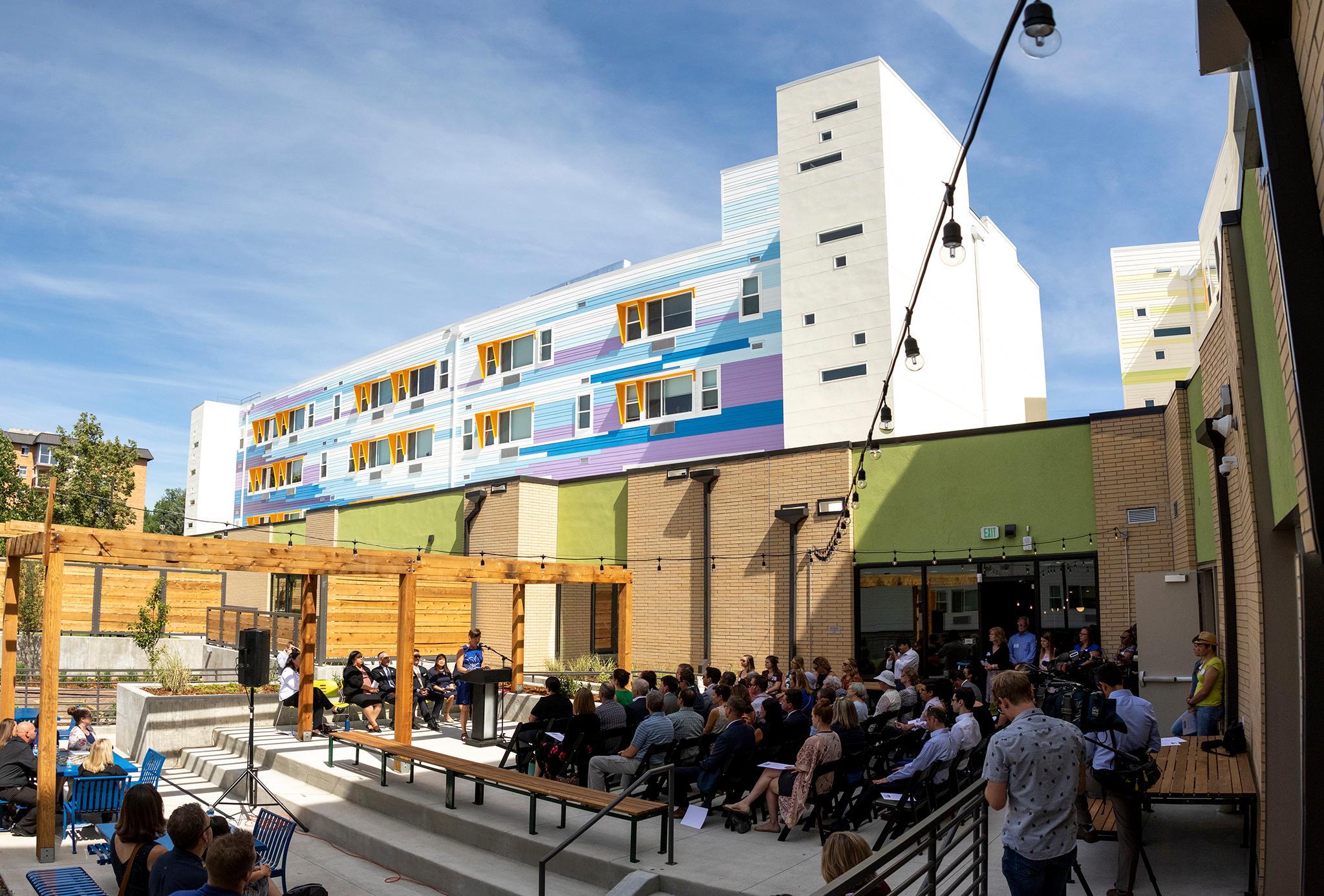
“You’re going to see us in year two, this year, beginning to have a bigger bump in the number of units that are delivered to the marketplace, and that’s huge,” Hancock said. “We’ll make even greater strides in 2020, 2021.”
Establishing green energy programs and more energy-efficient options: Not done
One thing that hasn’t yet happened is the “pay as you throw” program that Hancock pledged last year. He said the pandemic brought it to a “screeching halt.” The program would have charged people for trash pickup and make composting free to help avoid waste.
“We were advancing pretty well toward having that done this year,” Hancock said. “I suspect that the team is still working on bringing it forward, and I expect that by the end of this year we’ll have a better path forward and timeline for it since we had to stop it.”
DOTI spokeswoman Nancy Kuhn said in an email a combination of the pandemic and the softening economy means this idea has effectively been put on hold. Kuhn noted, however, that after Colorado issued its stay-at-home order on March 25, the city has seen an increase in recycling (22 percent), compost (49 percent), trash (9 percent), and extra trash (33 percent), which she said is a separate service from the weekly trash collection. The increase has prompted the city to create four more “extra crash” routes. Compost service is available in all city neighborhoods and counts 25,000 subscribers.
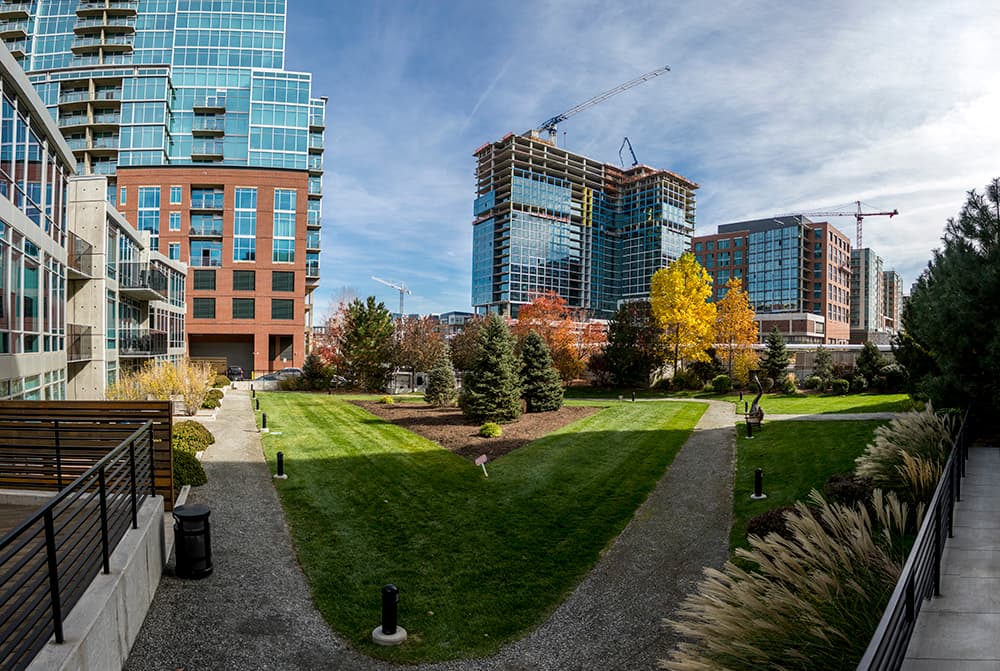
The city has added 48 electric vehicles between July 15, 2019 to July 10, according to Janna West-Heiss, a spokeswoman for the Office of Climate Action, Sustainability & Resiliency, an office launched this month that Hancock lauded. The city’s electric vehicle fleet sits at 143.
Also: 34,000 out of the 44,000 streetlights in the city have been converted to LEDs. The thousand of converted lights is a lot, but it’s 6,000 lights short of the goal Hancock set out during his campaign (he didn’t necessarily set a timeline for the change).
Addressing homelessness by connecting more people with services and housing options: Not done yet
This is a complex issue. But here’s what we know: Hancock said during a 9News debate last year that there was “nothing compassionate about encouraging people to sleep outside,” calling it unhealthy and unsafe, even though he insisted the city’s controversial camping ban was “an essential tool.” The camping ban remains in place, even after a Denver County Court judge ruled it unconstitutional in December. Weeks later, the city announced it would continue enforcing it.
While Hancock’s support for the ban hasn’t changed, one thing that has changed is his administration’s support for sanctioned encampments. These legal encampment will be outdoors and have hand-washing stations and accessibility to services. The mayor has asked council members who supported sanctioned encampments to find locations in their districts to place them.
“Though my policy positions don’t change, I recognize that I have to meet this extraordinary change with extraordinary initiatives,” Hancock said.
He said he doesn’t want permanent sanctioned encampments, instead focusing on connecting residents to housing, job training and behavioral-health services.
“We should never look at an encampment or sanctioned site as a permanent,” he said. “The goal should be to stabilize people and to get them indoors.”
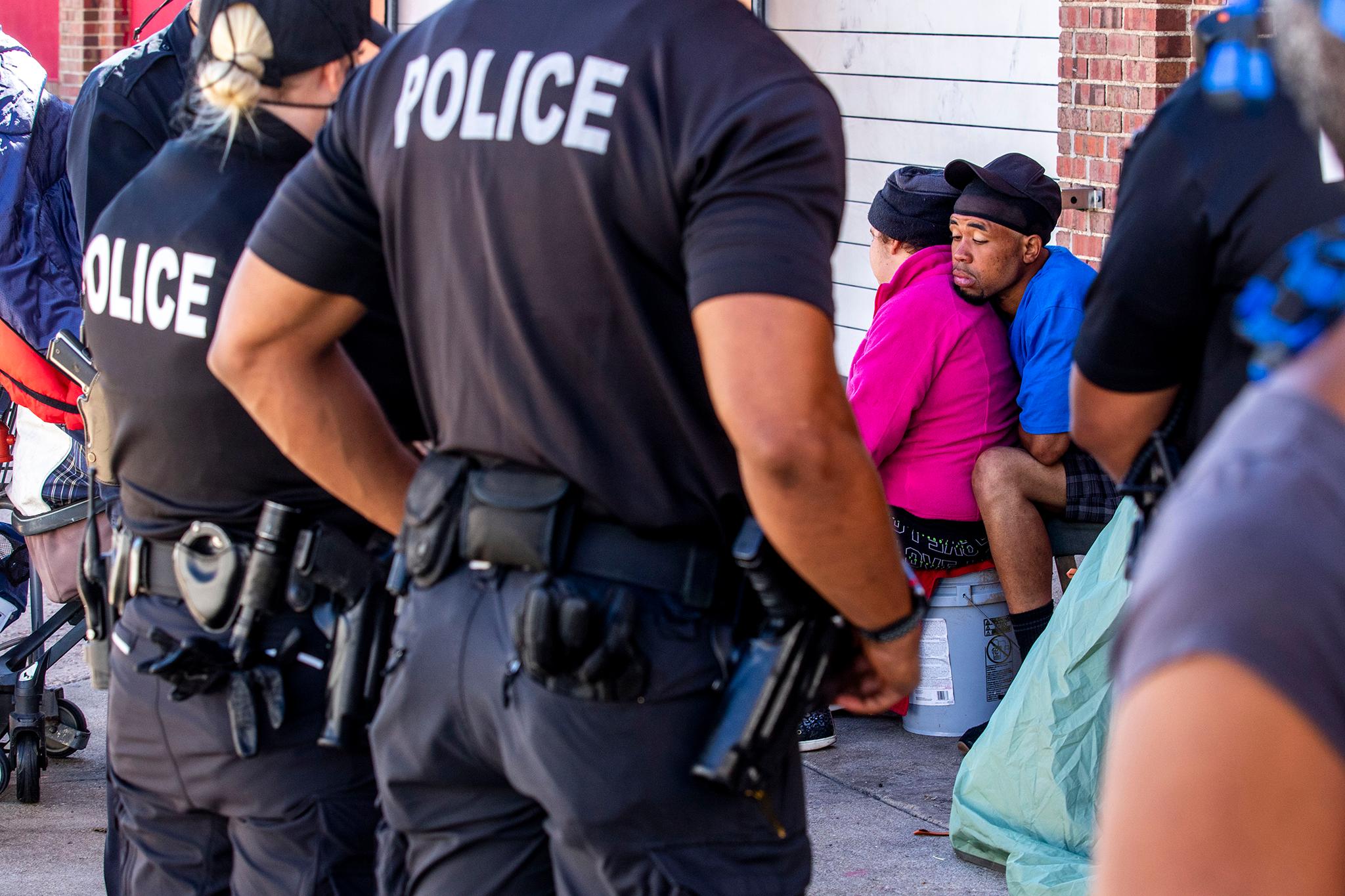
Hancock’s administration has taken a lot of heat from activists who criticized his administration’s continued homeless sweeps amid the pandemic. They’ve pointed out that the sweeps go against the Centers for Disease Controls and Prevention guidelines for disrupting encampments for people experiencing homelessness, since they move them away from service providers. Hancock met with activists about the sweeps in June, but he didn’t make any concessions about stopping them.
Expanding modal options and improving transit infrastructure: Not done yet
The Department of Transportation and Infrastructure was established on Jan. 1 and replaced the the Public Works Department. Hancock had proposed the idea in April 2019, but it required a charter change to establish. Fast-forward to November 2019, when a majority of voters agreed with the mayor’s idea. The department is dedicated to improving the city’s mobile infrastructure and continue the previous departments duties.
Hancock referred to the Vision Zero program, which seeks to end all traffic deaths, during his inaugural speech. The program has proven to be ineffective: Last year Denver saw a record number of traffic deaths.
The program has had successes, said Heather Burke, a spokesperson for DOTI. Fourteen intersections along East Colfax Avenue are being upgraded with trafficking “calming measures,” including using bollards and paint to shorten crossing distances for pedestrians and carving out spaces where they can stop in the middle of the street if they need to. Safety upgrades for pedestrians are being installed at 28 intersections on East Colfax between Grant and Yosemite, and HAWK signals, short for High-Intensity Activated Crosswalks, have been installed at Evans and Gilpin, Quebec and Amherst, Hampden and Verbena, and Brighton and 49th Ave. Burke said the signals, which stop drivers for pedestrians, are used along roadways with higher traffic volume.
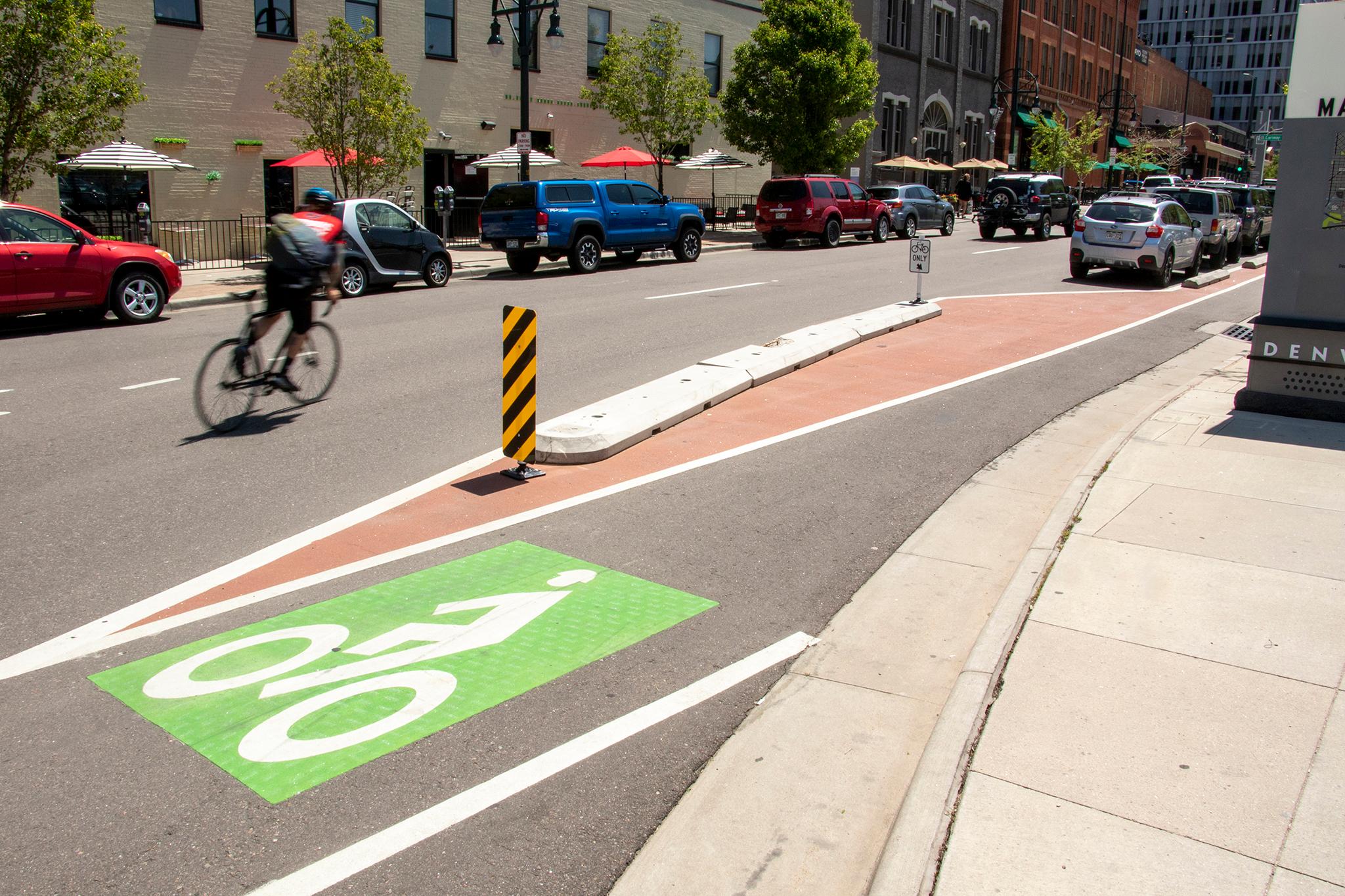
The city has launched two transit-only lanes in the last year: One on 15th Street from Court Place to Larimer Street and another on 17th Street from Market Street to Broadway. At least 24 of the 125 miles of bike lanes the city wants to install by 2023 are in place, and more will come before this year ends, Burke said. At least six new bike lanes have been built so far this year. And Burke said the department has added 3.4 miles of new sidewalk around the city after adding 4.35 miles in 2019.
Hancock, who is chairman of the United States Conference of Mayors’ transportation and infrastructure committee, said will push Congress to pass a national transportation and infrastructure bill to help pay for improvements in cities and towns. The money would be used to pay for roads, bike lanes, pedestrian walkways and transit.
He’s banking on an administration change at the White House and a leadership shift in Congress to help get it done.
“I’m excited about it,” Hancock said. “If we don’t begin to transition to more multi-modal streets and invest in crumbling infrastructure, we’re in trouble.”










